How to Get Around (& to) Tohoku

Ready to start your trip to Tohoku? Before grabbing your luggage and putting on your shoes, you'd better plan how to move around once you’re there. We'll explore the pros and cons of each option, from the fanciest to the dirt cheap—so take that planner out and start jotting down all the details for your trip!
By Diletta Fabiani1. Car (or Motorbike)
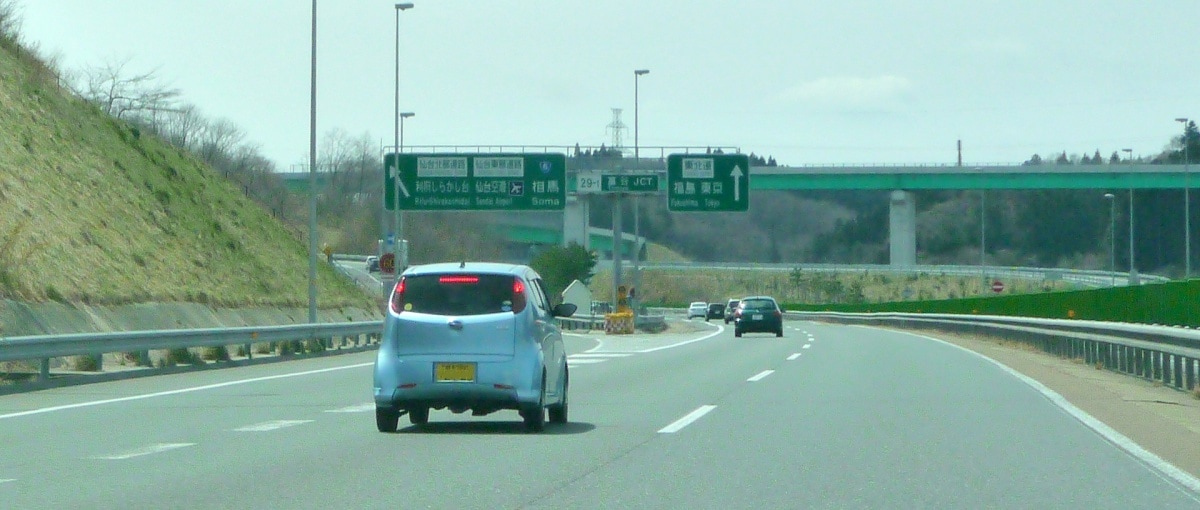
https://upload.wikimedia.org/wikipedia/commons/4/4d/Tohoku_Tomiya_JCT.jpg
By far the best way of traveling northeastern Japan is by car or motorbike. A private vehicle will give you access to locations that might not be easily reachable by any other means of transportation.
If you don’t have a Japanese driver's license, remember to check the requirements for an International Driving Permit, or IDP. They tend to differ depending on the country that issued your primary license (and you need to get it before you come to Japan), so it’s best to inquire with the designated offices to make sure all the papers are in order. You usually need to get in touch with your home country's national automobile association and pay a small fee, but be aware that Japan will only recognize international driving permits based on the 1949 Geneva Convention (it applies to most countries, though Belgium, France, Germany, Monaco, Slovenia, Switzerland and Taiwan have separate agreements).

Once you've settled the bureaucratic stuff, where do you find a rental car in Japan? There are several bigger and smaller companies out there, including Nippon Rent-A-Car, Toyota Rent a Car, Nissan Rent a Car, Orix Rent-A-Car and Budget Rent a Car, all of which have rental pages in English. Even Japan Rail (JR) has its own car rental system called Eki Rent-A-Car (or JR Rent-A-Car), which is especially interesting for those on a Japan Rail Pass, as there are discounts for the combo.
You can find branches of most of these companies at train stations and airports all over the country, including stations in major Tohoku cities like Aomori, Akita, Fukushima and Sendai.
If you’re a credit card owner, also check if your credit card has any agreements with specific car companies. The same goes for airline fidelity cards.
Motorbikes can also be rented, but the choices are more limited—not to mention cold in winter, and impractical on snowy roads. You can try Rental 819, or, if your trip starts and finishes in Tokyo, Japan Bike Rentals.
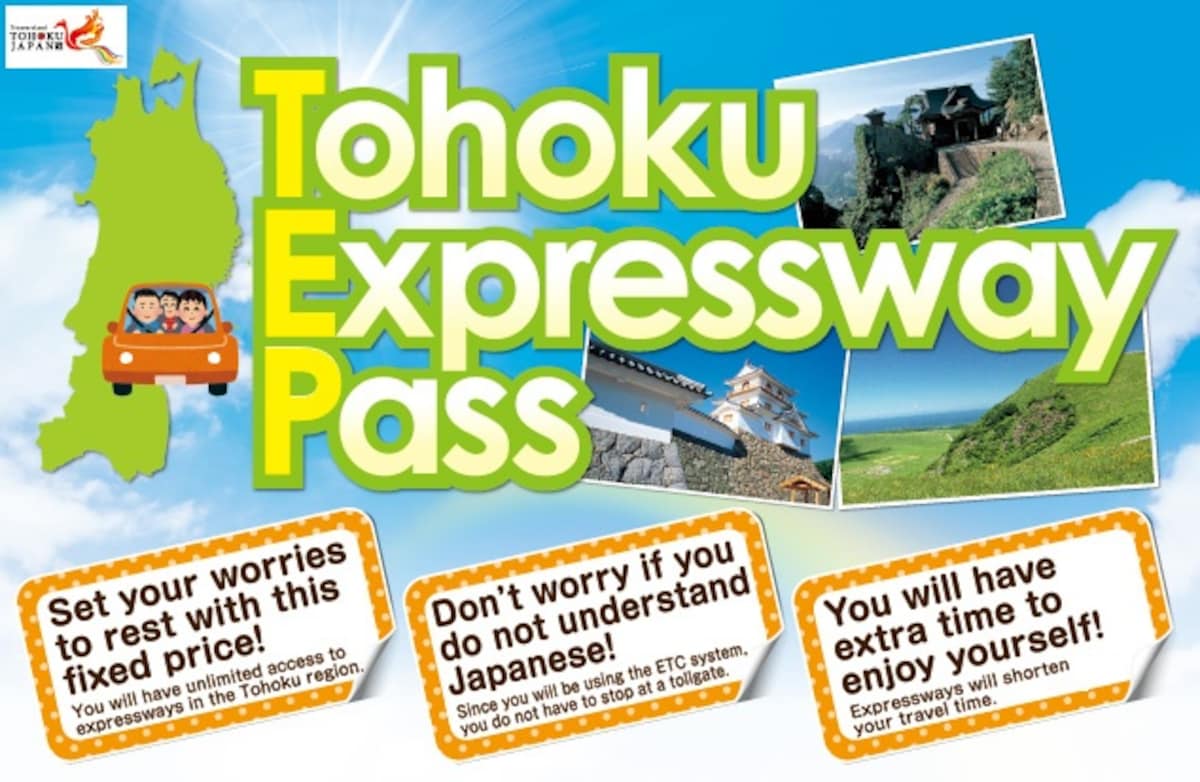
http://www.driveplaza.com/trip/drawari/tep2015/en.html
The one hidden disadvantage of driving long-distance in Japan is expressway fares (you can see a table of approximate tolls here). However, foreign tourists can now take advantage of the Tohoku Expressway Pass: For a flat rate, the pass gives you unlimited access to Tohoku expressways for up to 14 days. Prices range from ¥4,000 for two days to ¥12,000 for 14 days, making it really convenient if you plan to travel a lot by road. Visit the official website for more information on where to buy one!
There are cons to taking a car, though: for one, if you’re traveling alone, it might not be the cheapest option out there. Also, when planning your schedule, consider that you don’t want to drive around if tired. It's not as easy as taking a nap on the Shinkansen after a long day!
2. Bus
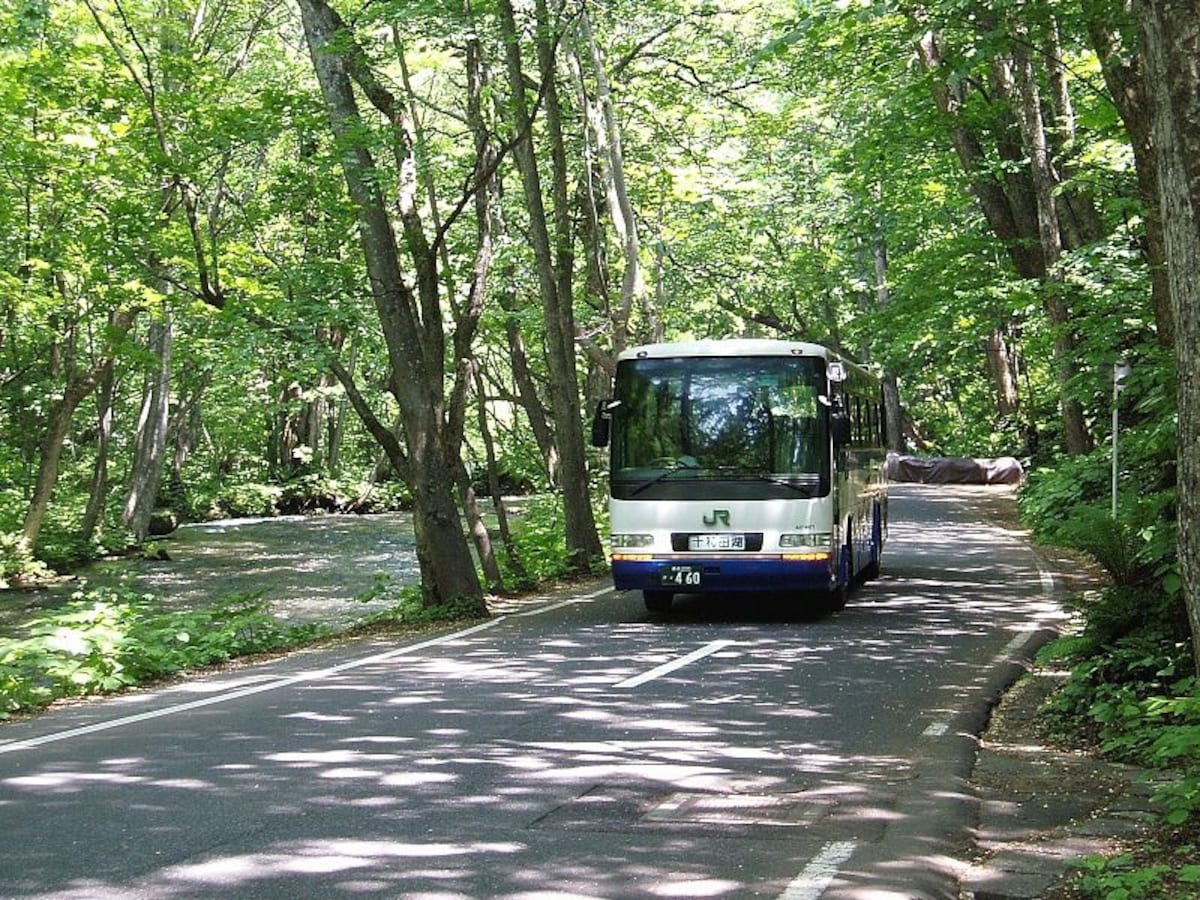
https://commons.wikimedia.org/wiki/File:641-9913_Tohoku_KC-LV782R1_Towada-hoku_Line_Nenokuchi.jpg
To travel between cities, the highway bus is the second-best option for those who want to save money and don’t want to (or simply can’t) drive. Most buses depart from or near train stations, and prices range from dirt cheap to moderately expensive depending on the time of day and the fanciness of the bus.
To get to Tohoku from Tokyo or other locations, the most popular English-friendly service is Willer Bus, which also has its own bus passes offering various discounts. For those who speak Japanese, a good place to search is KosokuBus.com, a website that lets you compare prices for several bus services (booking from outside Japan might not be available on all buses, however).
A good place to search for buses specifically connecting cities in Tohoku is JR Bus Tohoku (Japanese only). A similar English service is offered by Japan Bus Online as part of the Tohoku Highway Bus Ticket Pass, through which tourists can enjoy unlimited bus rides on selected highway buses for either four or seven days.
There are cons to the bus, too. In some locations or at certain times of the day service can be sparse, making it a less time-effective means of transportation. If you’re on a tight schedule, it might not be your best option. You also miss out on the bells and whistles of the Shinkansen—like built-in washrooms and vending machines!
3. Train
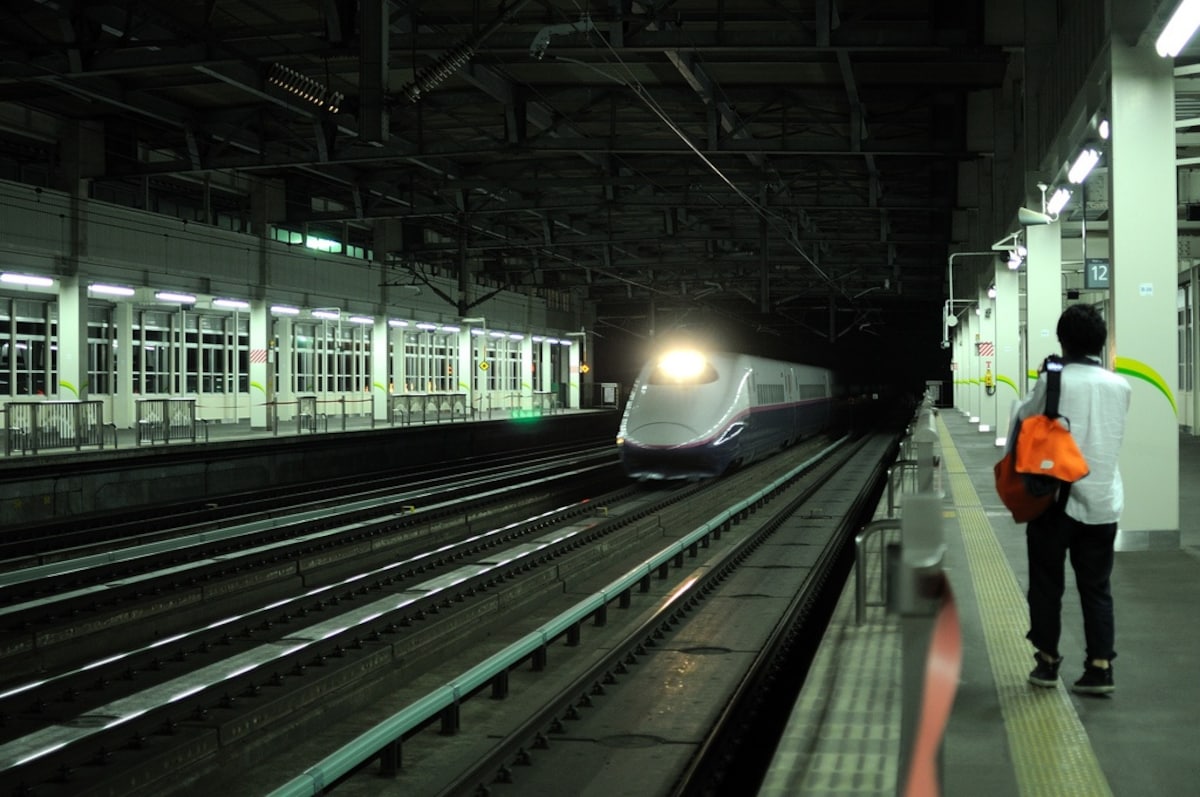
https://www.flickr.com/photos/emiemihuimei/5950696821/
Another option for those who don’t want to drive is to move around by train. Train and bus share similar pros and cons: you travel cheaply, but location and time are not on your terms.
Let’s first make a distinction between the Shinkansen (bullet train) and local trains.
Shinkansen lines serve the stations of Sendai, Morioka, Shin-Aomori, Akita and Yamagata, as well as a handful of smaller stops in between, and you can also continue past Aomori to Hakodate in Hokkaido. As the name suggests, the train is fast, with the trip between Tokyo and Sendai taking only about 1 hour and 40 minutes. You can check the JR East website for further details—though inputting your departure point and destination on Google Maps is actually the simplest way to sort things out!
For tourists visiting the country temporarily, the best option is the JR East Rail Pass, which offers some interesting perks, like discounts at the GALA Yuzawa Snow Resort (not to be confused with the general Japan Rail Pass, which works on all JR lines around the country).
If you’re not an international tourist, traveling by Shinkansen can become quite expensive, though it does essentially offer the fastest, smoothest ride—with the possible exception of air travel, depending on how close you are to the airport. However, also remember that the Shinkansen only runs through selected major stations. But it can get you to a great starting location from which to manage your local travels.
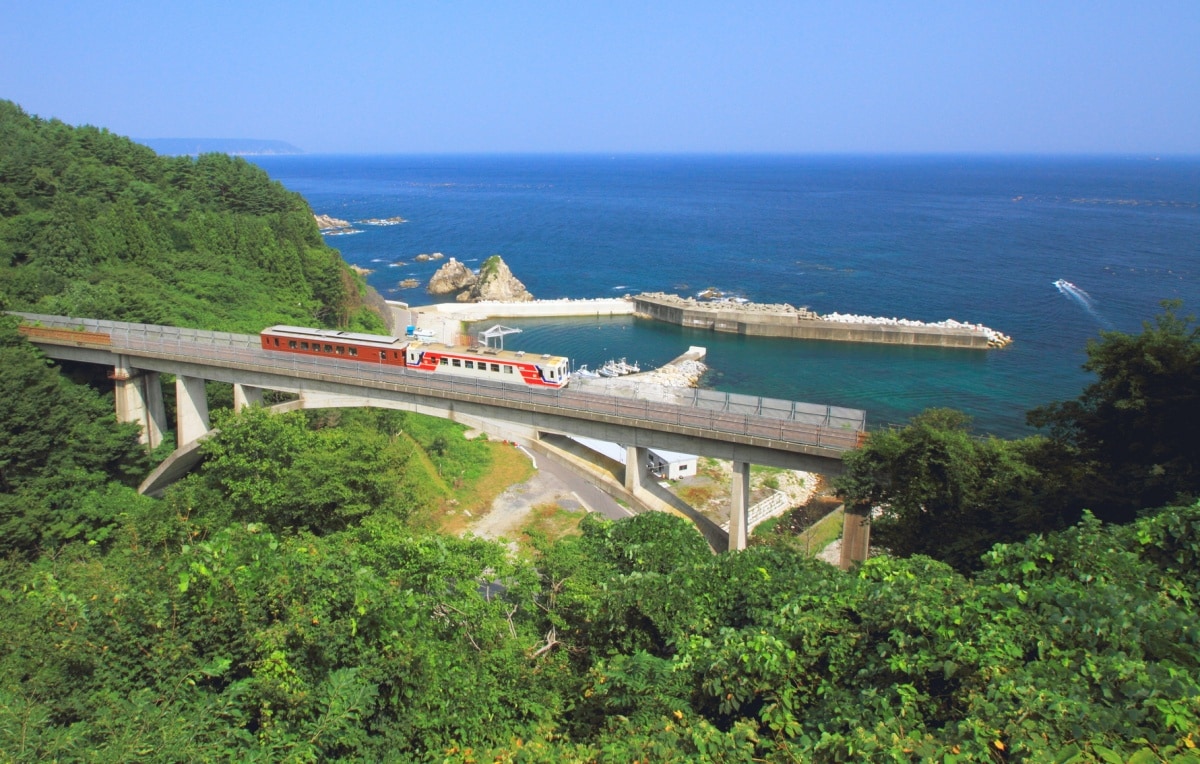
If you want to get to smaller cities, then you will have to take the local trains. You can purchase a rechargeable Suica card to eliminate the need to make fare calculations or use fare adjustment machines, but the local trains tend to be slow and infrequent—if you're used to Tokyo trains every three minutes, get ready to spend time waiting on platforms! You can check the schedules on websites like Hyperdia or through Google Maps, or check with the closest JR office.
Local trains make up for their sluggish pace by affording opportunities to gaze out at the amazing landscape Tohoku has to offer, and some of the slowest trains have the most spectacular views. Most lines are owned by JR, but there are some private lines as well. The JR East Rail Pass mentioned above covers several lines in the region in addition to JR, including the Izu-Kyuko Railway, selected Tobu railways, the Aoimori Railway and the Iwate Galaxy Railway, opening up a few more options than the general Japan Rail Pass affords.
If you’re tight on money but have lots of free time, you can also try the famous Seishun 18 Ticket (青春18きっぷ・Seishun Juhachi Kippu). This deal offers five full days (which can be non-consecutive) of unlimited travel on local trains for a bit less than ¥12,000. The catch is that it can only be used on local trains and only during school holidays (March 1-April 10, July 20-September 10, December 10-January 10), so it’s really only suited for those with lots of time on their hands. But it's great for group travel, since one ticket can be shared by multiple people (so five people could get a day's unlimited travel, for example). Just be aware that it's a single ticket that gets stamped up to five times, so if you go in a group, you all have to travel together the entire time.
4. Plane

https://pixabay.com/en/sunset-airplane-aircraft-silhouette-2095225/
There are nine commuter airports in Tohoku, predominantly located in bigger cities like Aomori, Akita, Fukushima and Sendai. Only a handful offer international connections, and these are exclusively to close Asian countries like China and South Korea—or Guam—so if you'd like to move by air, you're likely looking at domestic travel.
Traveling from inside Japan, Japan Airlines (JAL) and All Nippon Airways (ANA) will serve most locations in Tohoku, and low-cost companies like Peach and Skymark can take you to Sendai (but only from Osaka or Kobe, respectively).
This option will often—but not always—be cheaper and faster than the Shinkansen for cities with airports. But the number of destinations is limited, and you have to consider your distance to and from each airport, as well as arriving early for check-in. All things considered, the Shinkansen usually ends up edging out the plane unless you get a really good deal.
5. Bicycle

https://pixabay.com/en/bike-ride-bike-cyclists-cycling-2209055/
If you’re fit enough to bike all over Tohoku and you’re up for a challenge, why not?
For some ideas, you can check this video by Cycling Around Japan showing cycling around Iwate Prefecture. You could also join Length of Japan, Tohoku, a Facebook group offering tips on getting around region from fellow cyclists. The group is part of a general cycling-related website called Japan Cycling Navigator, which might help you with more general tips. Kansai-based KanCycling also has a Tohoku feature with some useful tips in terms of itineraries
And if you’re planning to go in September 2017, Bicycle Tours is organizing the Trans-Tohoku Bike Tour 2017, which will last 10 days from September 1 to 10. At a price of US$2000, it’s not exactly cheap, but it promises to be a great adventure!
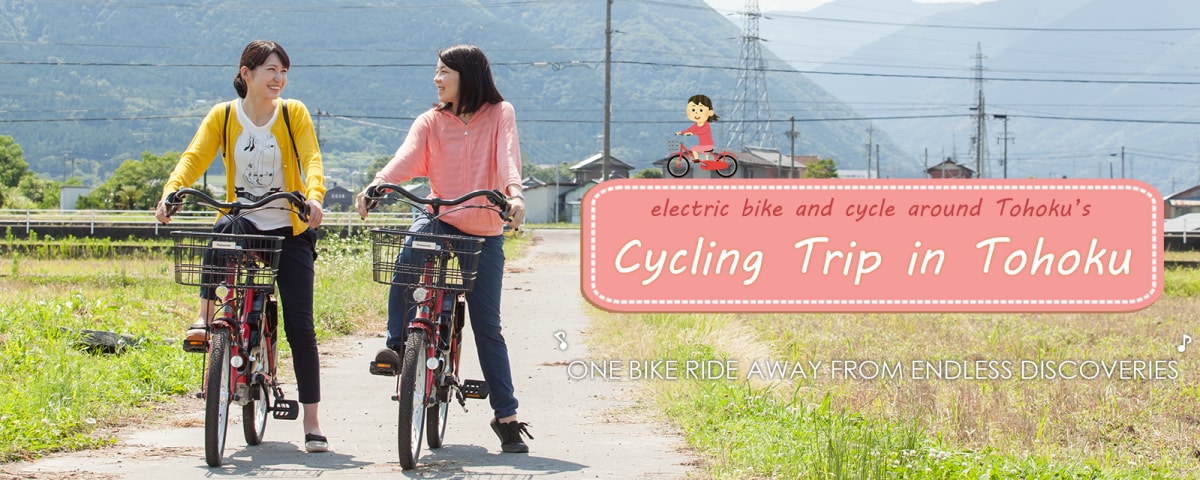
http://docomo-cycle.jp/tohoku/en.html
If you’re afraid of running out of breath halfway through the mountains but still like to cycle around, you should check Docomo Cycle electric bicycle rental. After registration, you can rent their bikes and drop them off at any of a number of selected locations in Iwate and Aomori, and you can even rent online. Prices are ¥500 to ¥800 for three hours and ¥1,000 to ¥1,200 for one day (generally a few more yen if you book online), and the website also offers some sample tours you can try.
Weather might be your worst enemy on bike, however. You'll want to avoid the cold of winter and try to go in the summer, which, while humid, will be far more tolerable than in the southern parts of Japan. You'll also need to make sure that both your bike and your supplies are in top shape all the time!
6. Ferry
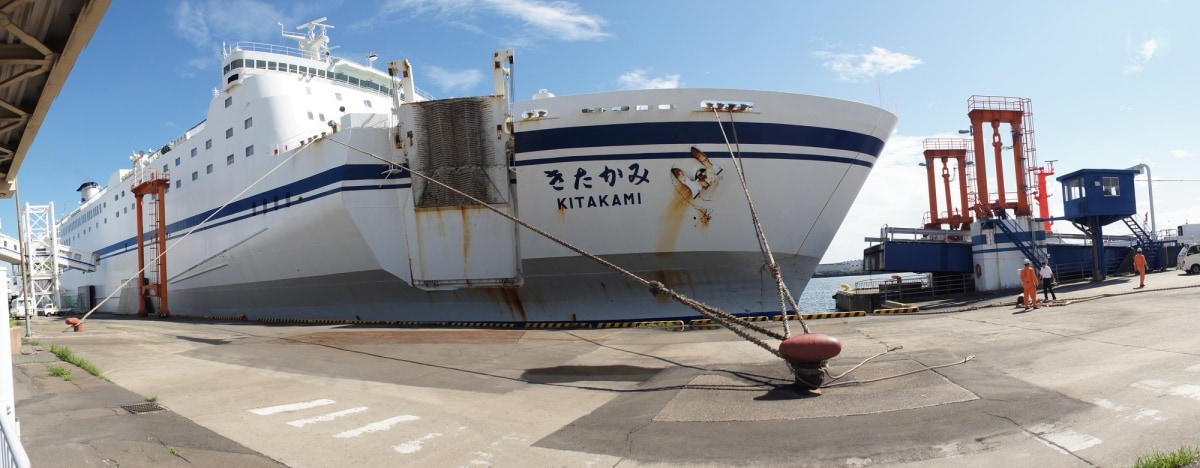
While you obviously can't travel far inside Tohoku with a boat, how about getting there with one? You can reach Sendai from Nagoya and Hokkaido using the Taiheiyo Ferry. Fares change (a lot!) depending on the season and the type of ferry, with shared cabins starting from a little more than ¥7,000 from Hokkaido and around the same from Nagoya. The good thing is that you can also bring your car, motorbike or bike on the ferry, for an extra fee.
For those who can read Japanese, Seikan Ferry is another option serving Hakodate and Aomori, with prices for the much shorter distance coming in around the ¥2,000 mark.
Cons of the ferry are slow speed, extremely limited destinations, lack of privacy if you choose a shared cabin, and the possibility of seasickness.

Whichever way you’ll be going, take a look at the official Tohoku website, where you'll find a lot of information on events, tourist attractions and everything Tohoku-related!



